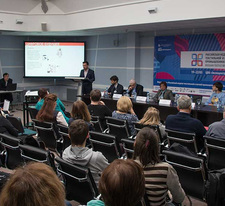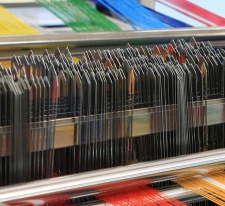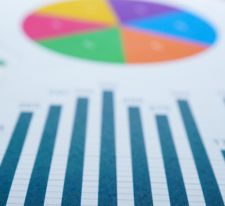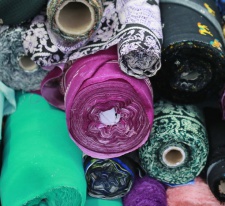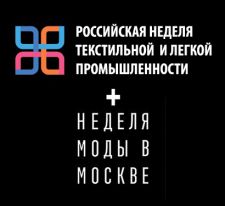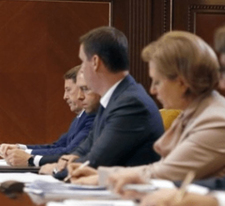Let's digitize the light industry in full!
From March 1 to November 30, 2019, it is planned to conduct an experiment on digital labeling of light industry products in Russia. We are talking about the labeling of certain types of clothing and underwear. The corresponding draft decree of the Government " On conducting an experiment on Labeling by Means of Identification of Individual Items of Light Industry Products on the Territory of the Russian Federation"has been published on the federal portal of draft regulatory legal acts.
The project involves the organization of information and technical support for the experiment using an information system provided by a commercial operator. The functions of the operator of the information system for conducting the experiment will presumably be performed by LLC "Operator-CRPT" (Center for the Development of Advanced Technologies), and free of charge.
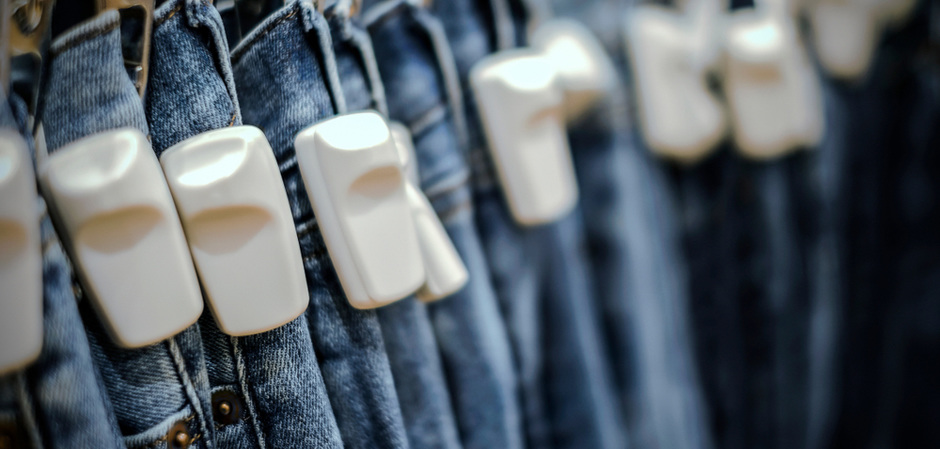
List of products subject to labeling:
- garments made of natural or composite leather;
- blouses, women's blouses and blouses, knitted or crocheted;
- coats, half-coats, capes, raincoats, jackets, windbreakers, windbreakers and similar products;
- bed linen, table, toilet and kitchen.
Mandatory labeling of individual items of light industry products is introduced from December 1, 2019. And already on March 1 of this year, an experiment on the labeling of perfumes will begin, against which manufacturers strongly protested. According to «Operator-CRPT», work on a pilot project in the perfume industry is already underway.Among the goals of the experiment are testing the possibilities of using the technology of applying identification tools, developing proposals for amendments to the legislation of the Russian Federation regulating the production and turnover of cameras, flashes, perfumes and toilet water.
The optimal labeling method for each product group will be determined jointly with the business during the pilot project. Basic scenario – using the Data Matrix code as a technologically reliable, fairly simple and cheap way of marking. Other methods can also be used.
It is assumed that the unified product labeling system will work from 2024.
Source: Soyuzlegprom
Photo: shutterstock


